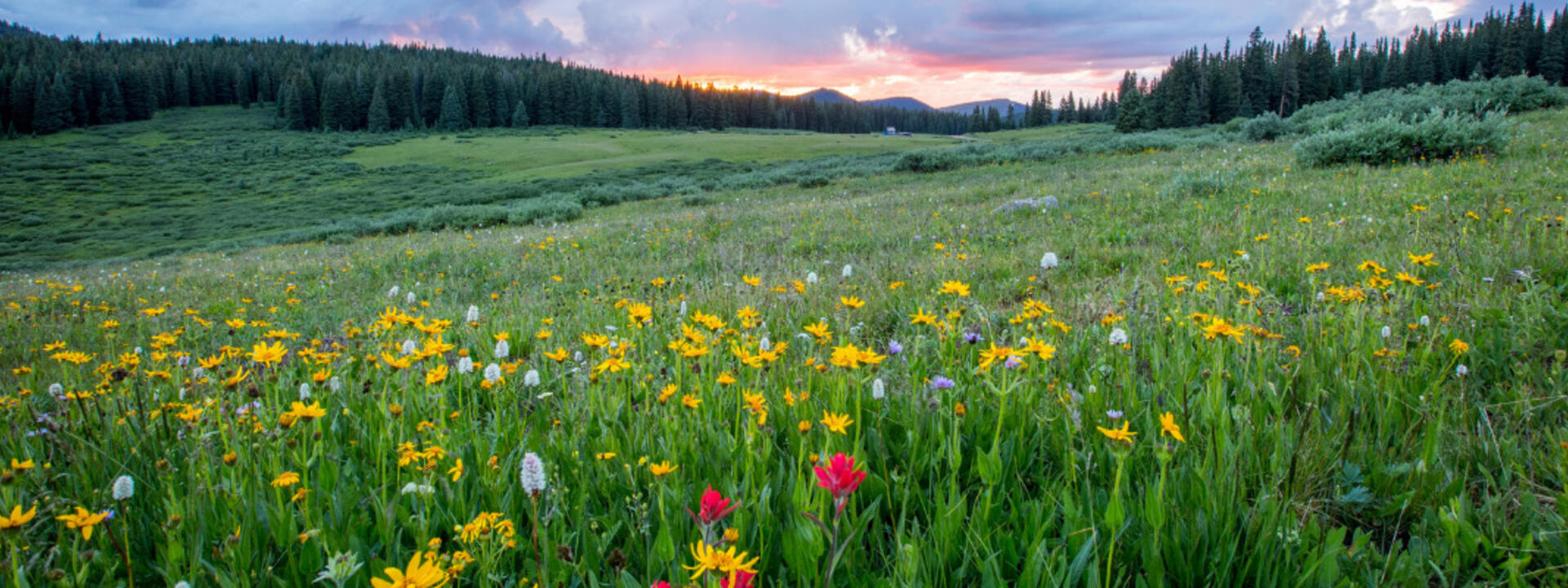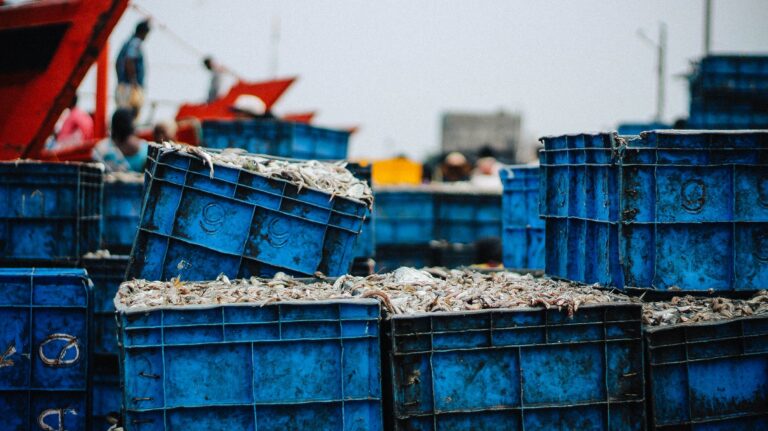The fifth edition of BirdLife’s publication, State of the World’s Birds, was released last week. The report details the condition of the world’s bird populations, many of which face extinction threats, how and why their numbers are being squeezed and what can be done to reverse current trends and save species on the brink, along with their habitats. Digital and Communications Manager Ben Stallworthy takes a look at the report, specifically where human population growth is having an effect.
The new report from BirdLife paints a grave picture of bird populations around the world. One in eight bird species is at threat of extinction and the majority are in decline. Added to this, many Important Bird and Biodiversity Areas (IBAs) are in an “unfavourable condition”, and the majority of these threats are driven by human actions.
“…State of the World’s Birds summarises what birds tell us about the state of nature, the pressures upon it, and the solutions in place and needed. It focuses on birds because they are an excellent barometer for planetary health.”
Bird populations are an important gauge for planetary health, due to the fact they are “widely distributed, relatively easy to survey, and responsive to environmental change […] revealing wider trends in natural ecosystems.” This means that through analysis of bird populations and their habitats, we can extrapolate findings to the wider natural world and the state of our planet in general.
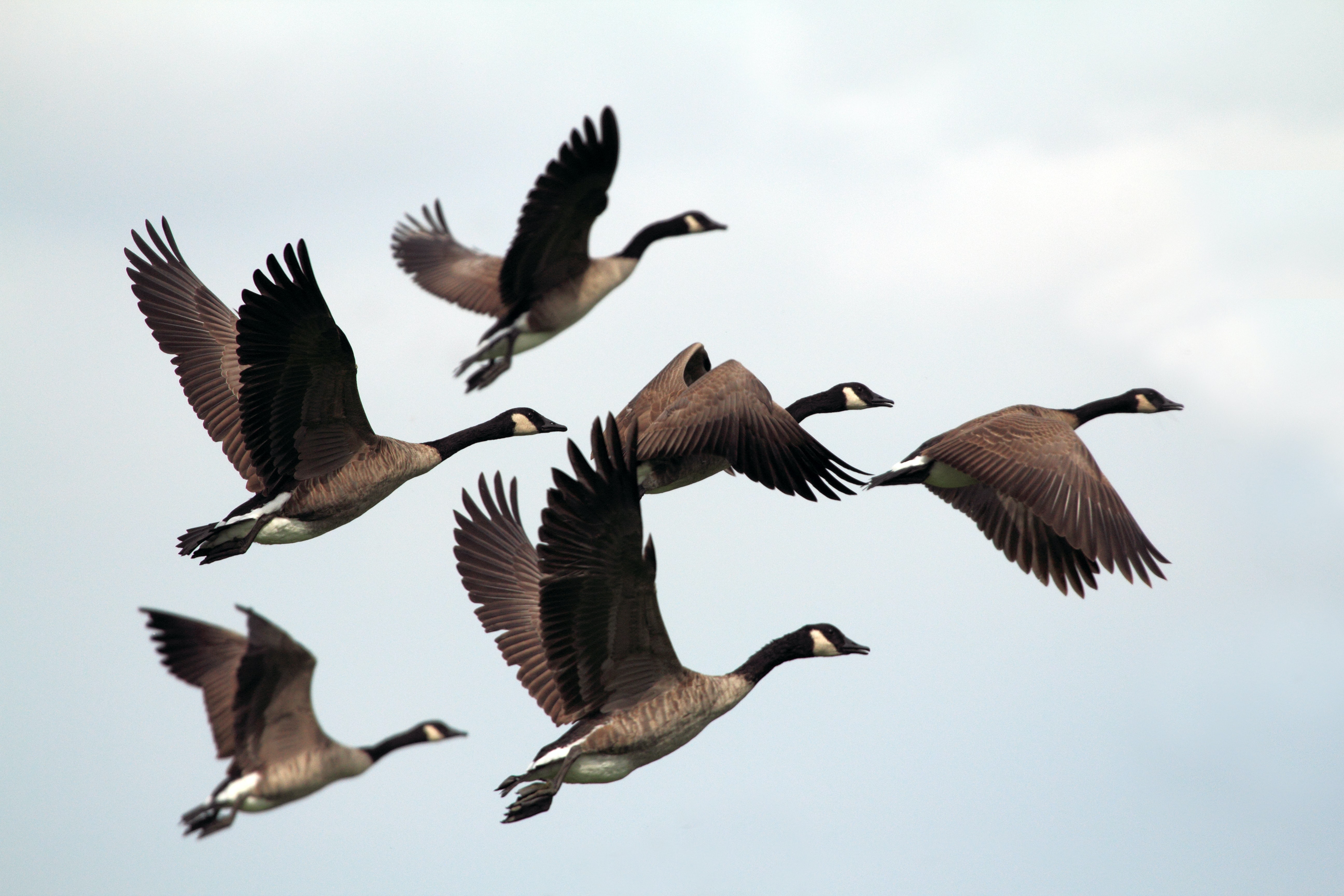
The Human Touch
“A wide range of threats are driving the extinction crisis, almost all of which are ultimately caused by human actions.”
The equation is a relatively simple one. Even when we increase efficiency and adopt more sustainable policies, as we must, more people require more houses, schools, hospitals, shops, roads, land for agriculture. Most of this expansion will take directly from the habitat of birds and thousands of other species and therefore has catastrophic ramifications for the natural world.
The report indicates that nearly two-thirds of bird species live in the world’s forests, which are being lost and degraded at an alarming rate for timber harvesting, development and agriculture. The same can be said of much of the world’s wetland areas, including those on the East Asian-Australasian Flyway, a key area of land for migratory birds. Since the 1950s, 65% of this land has been lost or degraded.
“…as the human population grows, our towns and cities and agricultural lands are increasingly encroaching on important sites for nature, and the habitats within them are becoming degraded by threats such as logging, pollution and invasive species.”
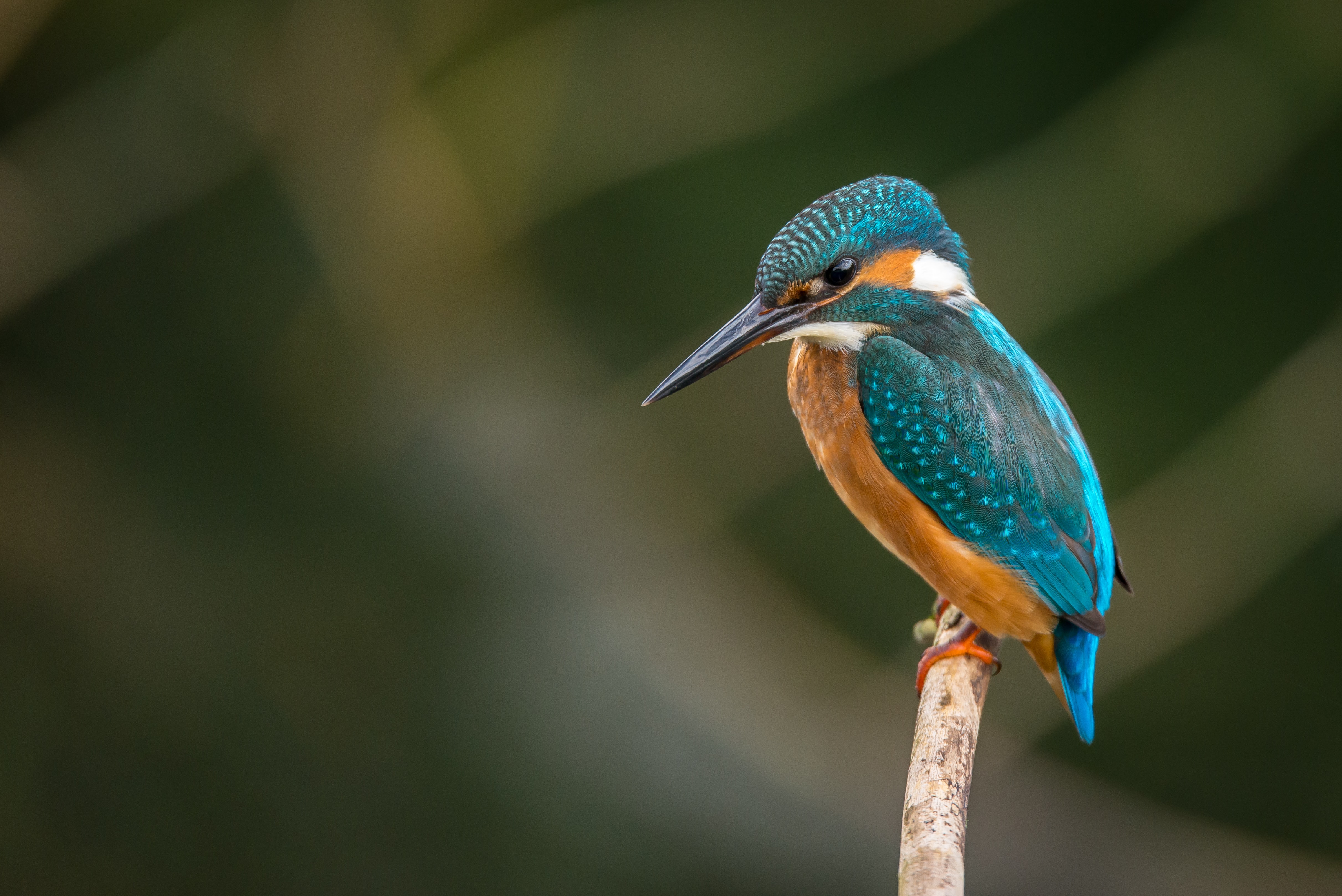
More for us, less for them
The increase in the world’s population means there are ever more people to feed. We are fast approaching 8 billion people on the planet, and this is putting the natural world under a crippling strain. It’s estimated that 80% of extinction threats to mammals and birds are due to agriculture. This will likely only become worse as the UN predict that we will need 70% more food by the year 2050.
The report highlights that agriculture is the biggest threat to bird species. A total of 73% of globally threatened birds are impacted by agriculture, with little room left for agricultural expansion in high-income countries and the intensification of farming methods having further negative impacts. Europe has seen a 57% decline in farmland birds since 1980.
“Agriculture affects more globally threatened bird species than any other threat. […] Almost 40% of earth’s terrestrial area has been converted to agriculture, and this continues to expand in order to provide food, fuel and fibre for the growing human population.”
Our rampant consumption has an ever-growing impact on the planet. Our desire for food and timber, city living and international travel all come at an expense and contribute to the problem. Policy changes and increased public education on environmental matters are required to stem the tide and
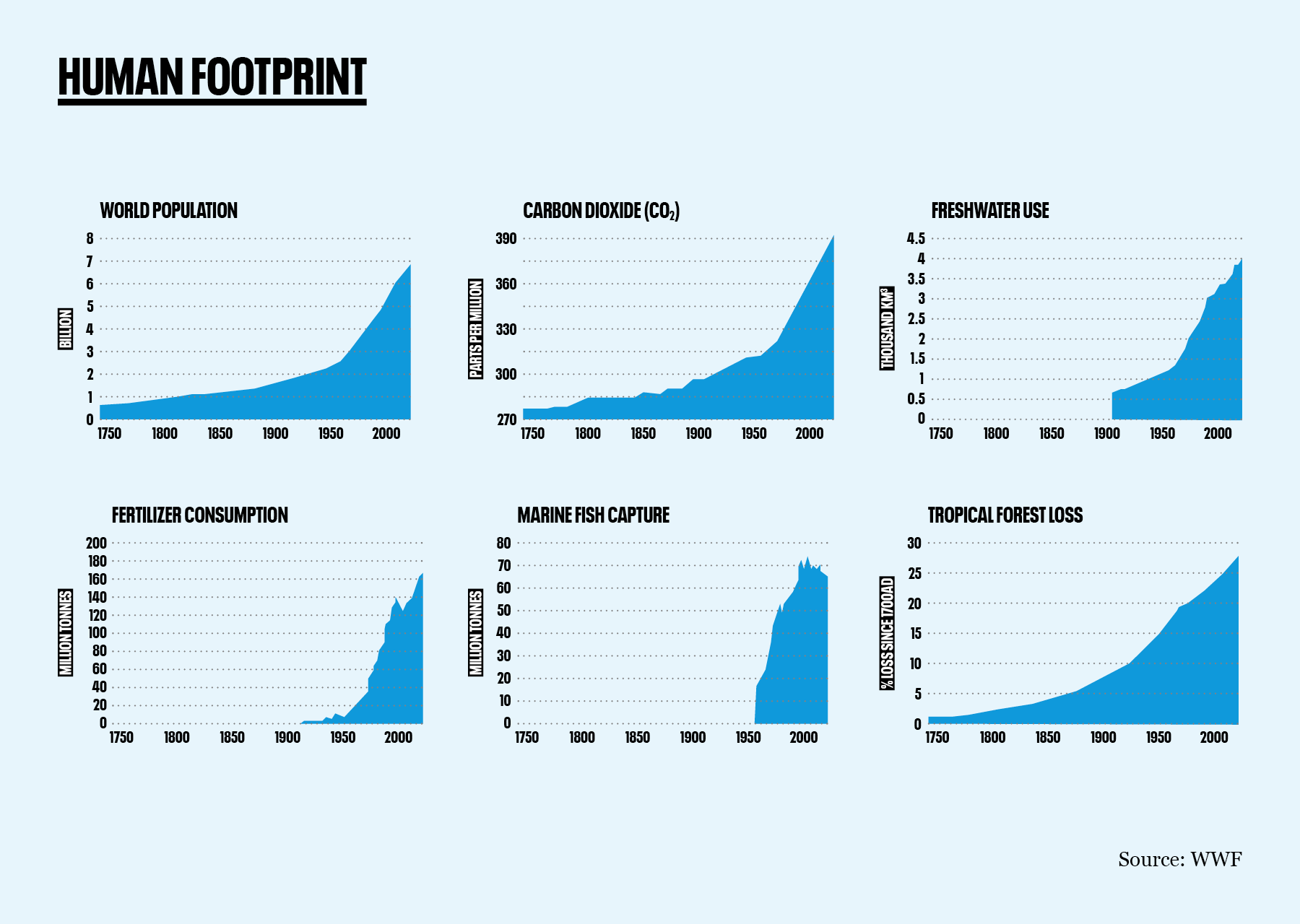
What can be done?
Not all is lost. The report details the solutions that are required to turn things around for bird species, and by extension the wider natural world. These include measures such as education, increased investment and mitigating climate change.
The negotiation of the new Global Diversity Framework (a new international agreement which will be adopted by the world’s nations to combat global biodiversity loss in December this year) is key, and clearly defined actions are necessary for all sections of society. Extinctions can be prevented, habitats can be saved, but action is needed today.
“Birds […] provide reasons for hope: extinctions can be prevented and populations recovered.”

